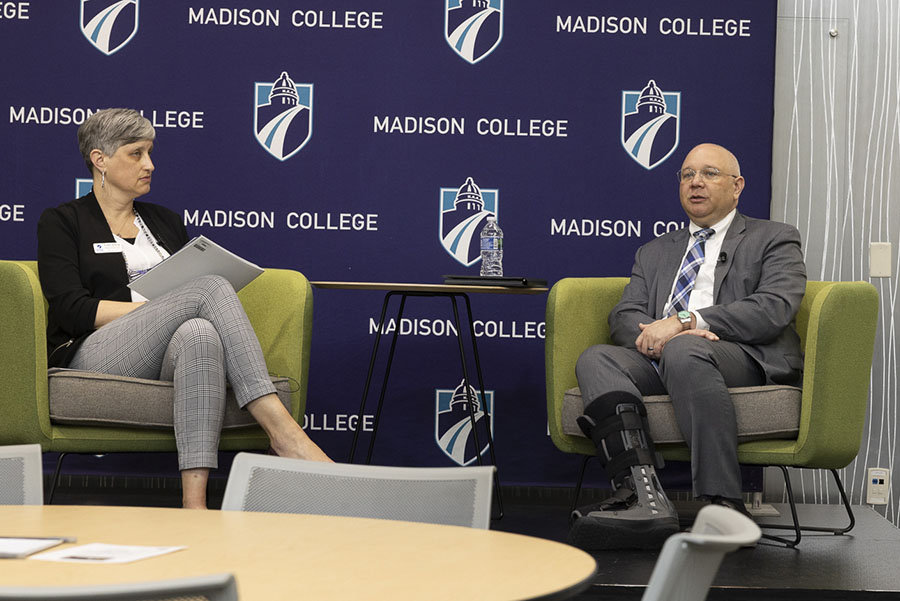With the weekly release of the Ahsoka series on Disney+, I believe it is the perfect time to review “Star Wars: Ahsoka” written by E. K. Johnston. The paperback copy I own is published by Disney and Lucasfilm Press and is about 360 pages in length. It is an easy read, but it may require a little background knowledge of the “Star Wars” universe. It may spoil the ending of “The Clone Wars” and the beginning of “Rebels.” Like the many things in “Star Wars,” this book does contain mention of bombs, torture, blood, death and other unsettling things.
To begin, the Clone Wars are no longer occurring and Ahsoka is experiencing the effects of war and her past. Although she once thought she had a destined path with the Jedi Order, she now feels uncertain, and everything she thought she knew is now gone. She jumps around from planet to planet, hiding from Imperial watch under the alias, “Ashla.” When the Empire’s outreach stretches to her home, she must make the decision to flee or to fight.
Ahsoka has always been a favorite character of mine, yet when I began to read the book, my were not all that great. The story starts out with a flashback to Ahsoka facing Maul during the Siege of Mandalore. It’s great as an epilogue, but it gives a false sense of how fast the book will go. It’s very hard to keep a reader interested in a book if it changes pace almost instantly.
I can understand, however, why author E.K. Johnston went this route. She used the pace change to really show how fast Ahsoka’s life changed. She went from having the rest of her foreseen life under Anakin Skywalker and the Jedi Order, to being betrayed, alone and uncertain. She always acted rather mature for her age, even throughout the hard truths of war. But being alone in the galaxy and feeling burnt out on trust, she falls into the only thing she knows, which is how to prepare for the worst. I think this stress response was a perfect choice for Johnston to have made for Ahsoka’s character. She was taught how to defend herself.
One of my favorite sections of this book comes from a flashback to Order 66, after Ahsoka and Captain Rex bury the deceased. That may sound like a strange part to choose, but it’s the best part of the book and dare I say, the entire “Star Wars” story. Ahsoka and Rex grieve their brothers that turned against them. This betrayal was governed by a chip hidden in their brains, activated by a single voice command, instead of their own will. Ahsoka also reflects on the Jedi Order and what it once was, now only to be torn apart along with the people that once occupied it. She makes a false grave for herself, reluctantly leaving her lightsabers behind to ensure that it would be authentic. She leaves the mass grave with a stone in her chest and a sense of regret, all the “what ifs” running through her mind. It’s a disheartening reminder that things can take a turn for the worse when you least expect it.
For those who wish to experience heartache differently, this flashback scene, developed after the writing of this book, is also shown in “The Clone Wars’” seventh season, “Victory and Death”. It has the same storyline with only a few minor differences. The book and the show both pull on the heartstrings equally, but there’s something about seeing it with Kevin Kiner’s composition in the background.
Overall, I think it’s a good read if you have free time and are looking for something science- fiction to read. However, if you are looking for something action packed, I recommend looking elsewhere, as quite a few chapters are setting up the continuing story and reflection on the past. If you are trying to learn about Ahsoka, this is a good book for that reason, though watching the final season of “Star Wars: The Clone Wars” instead may be a better fit.
Like the series? Try reading ‘Star Wars: Ahsoka’
Story continues below advertisement


























